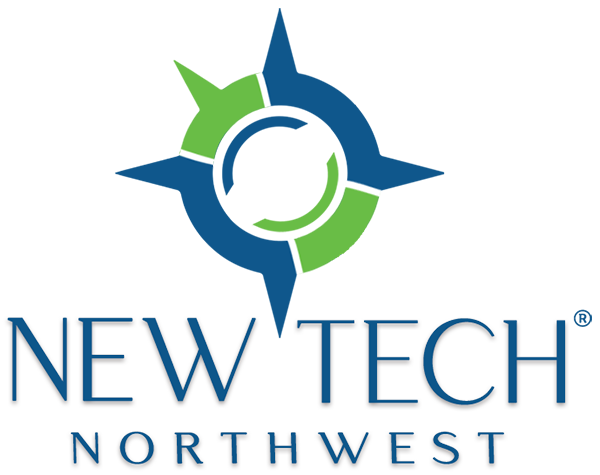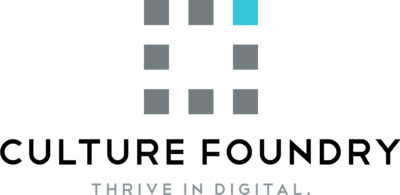 Enterprises across industries and many public-sector organizations have had to quickly adopt new Work From Home (WFH) policies or expand existing ones on a broad scale to support stay-at-home orders and social-distancing mandates. Some organizations have done very well with this significant transition, while others have not. What factors influence successful migrations? What are some of the biggest challenges that companies, and thier IT staff, face when implementing and supporting remote work policies?
Enterprises across industries and many public-sector organizations have had to quickly adopt new Work From Home (WFH) policies or expand existing ones on a broad scale to support stay-at-home orders and social-distancing mandates. Some organizations have done very well with this significant transition, while others have not. What factors influence successful migrations? What are some of the biggest challenges that companies, and thier IT staff, face when implementing and supporting remote work policies?
How can you access all your applications from your home office with the performance you expect?
One of the best ways to ensure application availability is to have it hosted in a cloud-based, SaaS-like environment. Virtual Desktop Infrastructure (VDI) hosts numerous desktop environments on a resilient hardware platform in a centralized data center location with spare physical capacity that is abstracted through virtualization for scalable and resilient work-station support.
How reliable is your residential internet?
One of the most important elements of a successful home office is reliable high-speed internet. Whether accessing a SaaS-based platform like SalesForce or Office365, leveraging a remote desktop hosted on VDI, or meeting with colleagues virtually on a video conference, nothing is more frustrating or debilitating than a bad internet connection.
The backbones of interconnected networks are holding up strong and have seen consistent performance and reliability, however it is the last mile connections to individual communities or homes that makes the biggest difference in performance and user experience. Older wireline networks built on copper and electrical infrastructure do not provide the same performance or reliability as newer fiber optical networks built into newer communities. Cyxtera offers a highly resilient IP Connect blended IP transit service that scales up to 10Gbps with dual tier 1 ISP backbone provider networks.
What are companies doing when the buildings housing thier IT infrastructure are closed?
Having physical access to hardware that runs our most important applications and databases can be crucial, especially if remote connectivity is unreliable or not secure. With offices closing or access being limited to a small group of people one way to ensure you always have access to your infrastructure is to colocate it in a dedicated enterprise class data center.
Remote work may heighten risks. How do you manage security and compliance?
Data privacy and standard security measures have been tested and attacked on a daily basis. As remote workers on home networks often times no longer sit behind corporate firewalls with sophisticated Intrusion Prevention and Detection services, they are more vulnerable than ever to phishing attacks, social engineering hacks, and data loss. Many organizations use Virtual Private Network (VPN) technology, but the most savvy are upgrading to Software Defined Perimeter (SDP) technology.
Staying connected to your corporate culture
Finally, staying connected to the cultural and human side of the business is incredibly important, with much of this responsibility falling on the IT staff to ensure that things simply work the way they should. With video conferences and remote work becoming so prevalent and mainstream it will be interesting to see how society and business culture in particular is affected. Many people are completely comfortable with the different video conferencing platforms and other technologies we use every day to stay “connected” to each other, while also realizing how important in person human interaction can be.
Learn more about Cyxtera in the Seattle market by visiting our web site.























